Benchmarks: Andrew Hunter — Finding education, Inspiration, and community of woodworkers
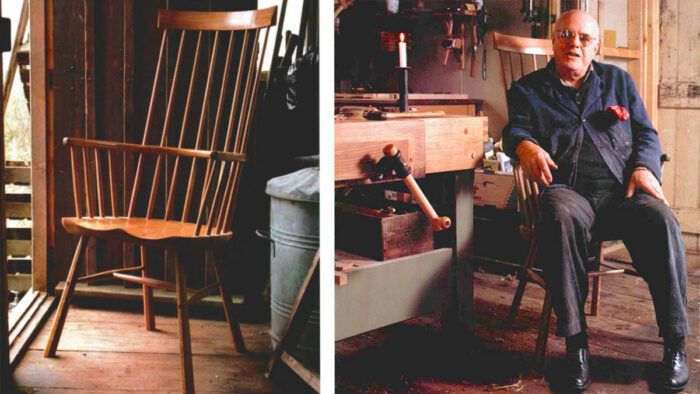
Other than a pump lamp I made in my eighth-grade shop class, my first real experience with woodworking came during my senior year of college while earning a degree in biology. I built myself a bookshelf. It wasn’t much—a few pieces of 1×12 nailed together—but it ignited a spark in me, a love of making with my own hands. After four years and a pile of money spent, the idea of changing gears to become a furniture maker seemed crazy and irresponsible. After all, my father was a biologist, and his father was a biologist, and his father literally wrote the book on it. But when my dad came to visit next, saw what I had built and how proud I was, he took me straight to the local hardware store and threw down $500 to get me started with some tools. Looking back, this may have been the most important moment in my life as a maker. My dad’s support made all the difference, a little nudge at just the right time went a long way. Something tells me he would have appreciated a similar nudge when he was my age.
Right out of school I applied for a job in a local cabinet shop. The shop owner wasn’t overly impressed with my obvious passion for the craft. He handed me a tape measure and asked me to recite the first inch in sixteenths. Seemed easy enough. I began: one sixteenth, two sixteenths, three sixteenths. It wasn’t until I got to four sixteenths, I mean ¼, that I realized I was failing the test. It may not have been apparent to me at the time, but it was crystal clear to the owner; I had a lot to learn. I did get the job, although it was a while before I had a tape measure in my hand.
I liked being the rookie with so much to learn. There was always something to discover and you never knew where you might discover it. I’m probably not alone in saying my first exposure to Fine Woodworking magazine was the stack on the back of the toilet in the shop bathroom. My shop mates must have thought I had some serious digestive issues for all the time I spent in there reading. This was back in the mid 1990s and there were many of the older issues from the ’70s and ’80s in the stacks. I liked the do-it-yourself edge of those older issues. I recall one article explaining how to build your own bandsaw out of plywood! Sure, maybe not the best idea, but it encouraged a freedom and self-reliance. My first tablesaw was a circular saw mounted upside down on a piece of plywood. Those early issues convinced me all I really needed was the desire to make and everything else, well, I could just make!
Fine Woodworking provided a place for me to hear and see other woodworkers. Those windows into the profession gave me confidence to follow my own passions. Some articles certainly resonated more than others. A few were truly life defining. I still remember reading John Brown’s article “Good Work: Outspoken and unapologetic, a Welsh chairmaker makes a plea for hand tools.” It put words to the direction I felt my hands were moving on their own.
No author affected my woodworking practice as much as Toshio Odate. Other than the Japanese saw I bought with my dad at the local hardware store, “Japanese Blades” was my first introduction to Japanese woodworking. For those who haven’t figured it out from the articles I’ve written, Odate is a role model for me. Many of the articles I’m drawn to are not necessarily technical but speak more to the experience of the craft. What really resonated with me in Odate’s writings were the stories of his apprenticeship in Japan. I appreciated his lifelong commitment to the craft and the discipline with which he learned it.
Oh! And don’t even get me started with Bruce Hoadley’s articles on wood. It must be the scientist in me, but I just love his affection for and knowledge of trees. Wood is such an amazing material for humans to connect with. History is literally written in every inch. Hoadley believed that understanding wood, how and why it reacts the way it does, is fundamental to better woodworking. I couldn’t agree more, not only from a technical perspective, but on a spiritual level as well.
Some 25 years later, I am still an avid reader of Fine Woodworking. Forever a student of the craft, I always open the magazine with the expectation of growth and inspiration. In rereading the articles that got me started, I realize that much of who I am as a woodworker comes from this publication. Not only did it provide the education and inspiration to grow my skills, but it also now offers me an opportunity to share and contribute to the craft. Thank you FWW for providing this space for us all to connect!

Andrew Hunter
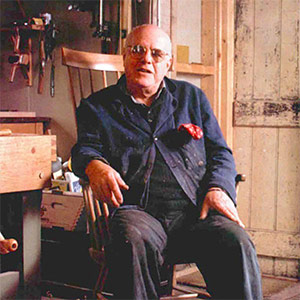 |
Good WorkOutspoken and unapologetic, a Welsh chairmaker makes a plea for hand tools. John Brown |
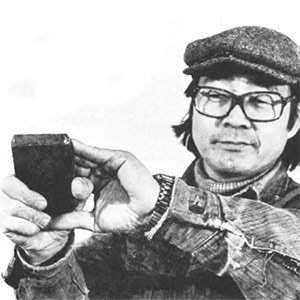 |
Japanese BladesTraditional sharpening methods Toshio Odate |
 |
WoodA look at this fundamental material R. Bruce Hoadley |
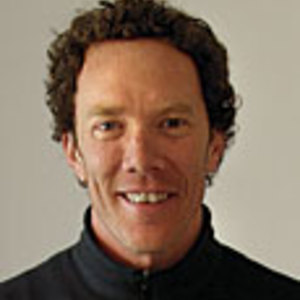

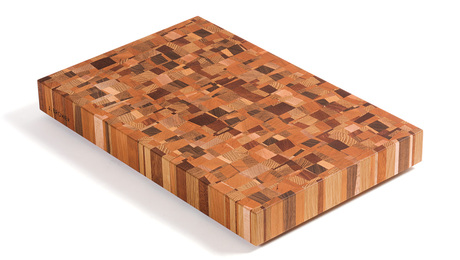
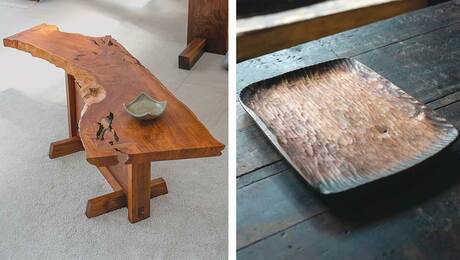
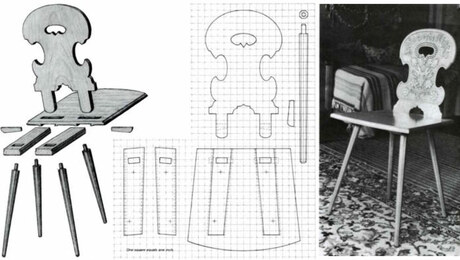
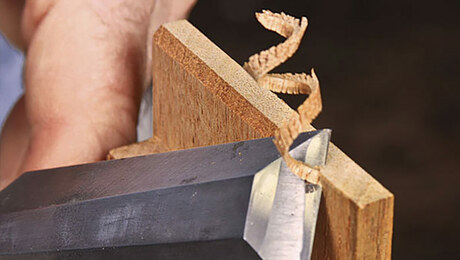


















Log in or create an account to post a comment.
Sign up Log in